Transmission Fluid Flush : How to Change Transmission Fluids
What is transmission fluid?
The transmission fluid performs two functions; lubrication and cleaning. Its main purpose is to lubricate the car parts for the sake of maximum performance.
What are the functions of transmission fluid?
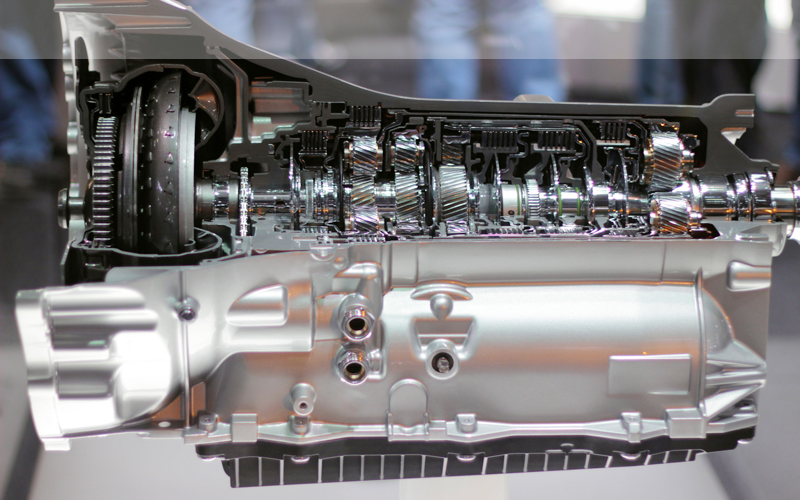
The transmission fluid performs many other functions besides lubricating, and they are:
- Protects the metal surfaces from wear and tear
- Conditions the gaskets
- Increases the temperature range and the rotational speed
- Increase the function of cooling, along with the reduction of the high operation temperatures
Types of transmission fluid
There are many different types of transmission fluids. The automatic transmissions make use of regular automatic transmission fluid like the name is suggesting. However, the fluid of manual transmissions can vary.
If you want your vehicle to give the best performance possible, you would have to use the transmission fluid that your vehicle’s manufacturer recommends. You can find that in the owner’s manual. This will increase the life of your fluid. Here are the different types of fluids that exist:
- Mercon/Dexron: this type contains friction modifiers, and is the most used transmission fluid today. The friction modifiers that they make use of is good at protecting the inner surfaces of transmission.
- HFM fluids: they are the Highly Friction Modified fluids. They are like the previously mentioned type, except the friction modifiers in them are way more effective than the ones in Mercon and Dexron types.
- Synthetic fluids: these will cost you more than Mercon or Dexron. That’s because they are better at withstanding high temperatures and reduce friction, shearing, and oxidation to a great extent.
- Type-F: this does not have friction modifiers. It is mostly used in old cars.
- Hypoid gear oil: it is used in a certain kind of manual transmissions. It is very resistant to extreme temperatures and pressures.
- Motor oil: it is usually used in the engine of a vehicle. But as it has properties that are similar to gear oil, it can be used in transmissions as well.
When should I change my transmission fluid?
You need to change your transmission fluid, whether you have an automatic transmission or manual.
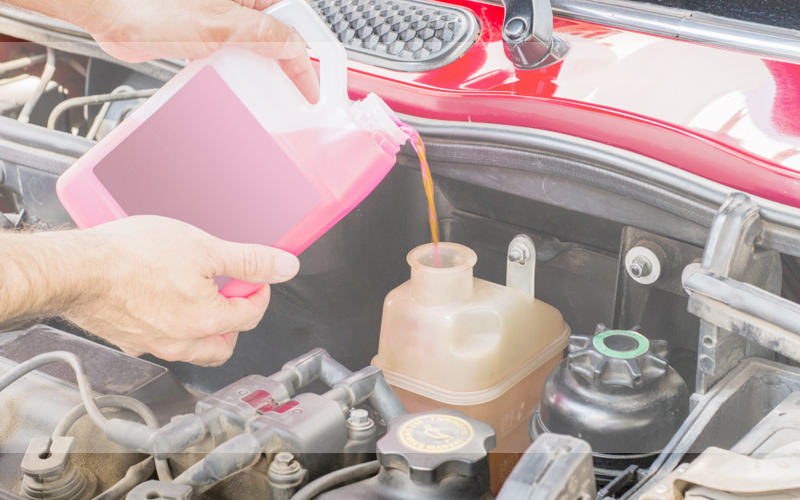
- Manual: according to most manufacturers, you would need to change the transmission fluid every 30,000 to 60,000 miles. If your use is heavy-duty, however, then you can also change the fluid every 15,000 miles.
- Automatic: you can change the fluid in automatic transmissions from 30,000 miles to never. But changing it more often will only be good, it will never be of any harm.
Apart from this, certain signs indicate that it is time to change the transmission fluid. Which are as follows:
Your transmission starts grinding or emitting strange noises.
A contaminated transmission which gets contaminated with grease, dirt, or sludge is going to give signs that will be the same as inappropriate amounts of transmission fluid. If you notice weird sounds coming from your transmission while driving, then you must stop to check the level of your transmission fluid. You should do that while your engine is running; do not turn your engine off before you check.
Make sure that the color of the transmission fluid is still red, and not black or brown because of contamination. If the level of the fluid is alright, then your vehicle stands in need of a transmission fluid flush.

A problem occurs when you shift gears.
It doesn’t matter if you drive a manual or automatic. In both cases, your car is going to need clean transmission fluid, which will ensure the smooth performance of the car. A fluid that has been contaminated with dirt is going to affect the performance of the transmission. Which, as a result, will make your gears shift either too fast, or too slow. In manual vehicles, you will find it too difficult to change the gears at all.
The gear keeps slipping.
Contaminated transmission results in a lack of hydraulic power. This will be the same as your vehicle not having any fluid at all. For staying in the suitable gear, transmission needs to have enough pressure. If the transmission is dirty, the contaminants are going to restrict the flow of the fluid. If there are no other problems with your transmission, and the level of your fluid is also appropriate, then the problem must be the restriction inflow due to contamination. This also means that you need to change the fluid.
Your vehicle surges
If the transmission is contaminated, you will notice that your car surges unexplainably. Your vehicle may unexpectedly fall back or surge forward for no particular reason. The inconsistent flow of transmission fluid is causing all this to happen. A consistency inflow is necessary for the smooth operation of the gears and other parts that move.
There is a delay in the movement of your vehicle
The last sign is that your vehicle delays movement by a second or two when you put it in a certain gear. If you think there are no other issues with the transmission of your vehicle, then it needs a transmission fluid flush.
Why do I need to change my trnsmission fluid?
- Manual: in the manual transmission, the fluid degradation is not much of a problem, rather it is the contamination of the fluid. The contamination happens over time. As the gears, bearings, and synchronizers of the transmission wear out; the metal particles get mixed with the lubricant. If they are not drained, they will reduce the transmission’s life.
- Automatic: in an automatic transmission, more heat is generated. So here, the fluid tends to degrade with time. But it will also become contaminated. So here, it is also important to change the transmission fluid.
How to change transmission fluids step-by-step guide
Changing your transmission fluid yourself is going to benefit you much in the long run. For this, it is better that you get yourself an automatic transmission filter kit. They contain new transmission filter, gasket for the pan and the O ring. If you have these, you are ready to start.
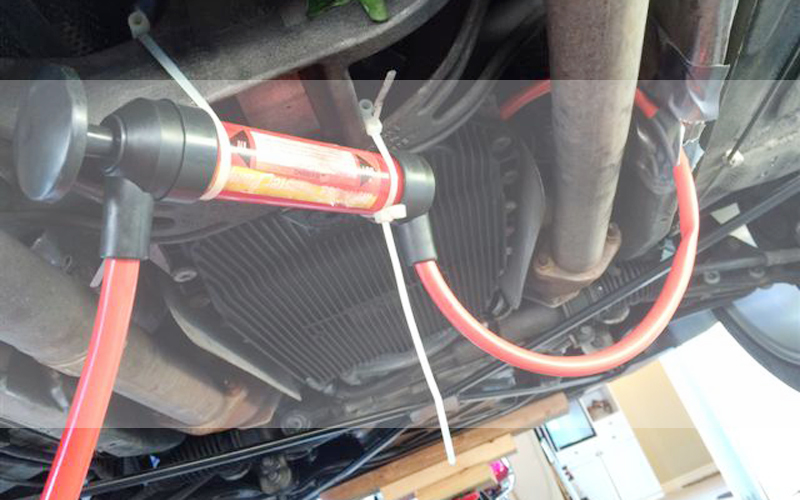
- Transmission fluid will drain best if your vehicle is on operating temperature. Let your car sit for at least a few minutes. Turn your ignition off and raise your vehicle. Lay an absorbent cloth or cardboard under the catch pan.
- The next step is removing bolts from transmission pan’s side, but be careful to stay safe from the hot parts.
- Loosen the rest of the bolts slowly that will make the pan-tilt, and it will start to drain. After removing all the bolts, let the remaining fluid run into the catch pan. If necessary, you can also break the gasket with a screwdriver.
- Inspect the surface of the gasket and the transmission housing. If there are metal shavings or any other kind of damage, then you would have to clean that using a solvent.
- Remove the previous O ring and the transmission filter. Remember that the filter will also have some fluid, so the drain pan should be kept underneath.
- By making the O ring fit properly, install the new filter.
- Next, you will have to attach the new gasket that you have to the pan. Make sure to use oil-soluble grease for that, and no other adhesive.
- Use the service manual to see if you need to use thread sealer on any pan bolt. After that, screw all the fasteners in finger tight.
- Screw the pan bolts in. The maximum torque that has to be applied in 12 pounds per foot.
- Lower your vehicle. Fill your transmission with the appropriate amount of fluid.
- Start your vehicle, and check for leaks after it warms up a bit.
- If there are no leaks, then move the shifter through every gear.
And there you have it. Your transmission fluid has been changed!
Fluid change vs. transmission fluid flush
The method that has been told above is for a DIY transmission fluid change. A transmission fluid flush, however, uses a machine called flushing machine to change the transmission fluid.
The flush machine has hoses which connect to the transmission cooling lines. It removes all of the old fluid and replaces it with the new one. It will drain the previous fluid, hold it right inside of the machine, all while inserting the new fluid into the transmission.
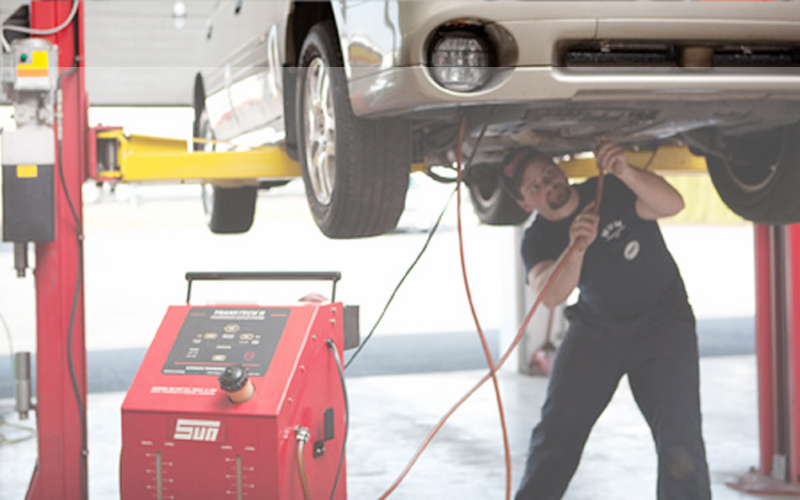
There are many differences between using these two methods to change the transmission fluid of your car.
For one, changing the transmission fluid yourself is going to cost you less. But, it is also messy and removes only about one-third of the fluid. The transmission fluid flush removes all of the fluid but can be pricey. So it is up to you, which method you prefer.
What will happen if I do not change my transmission fluid?
If you don’t change the transmission fluid on time, you will be allowing the metal shavings to lubricate your transmission, instead of the fluid itself. As a result, you might have to pay a hefty amount of money to your mechanic when the time comes. So, changing the fluid at right intervals is a good idea.
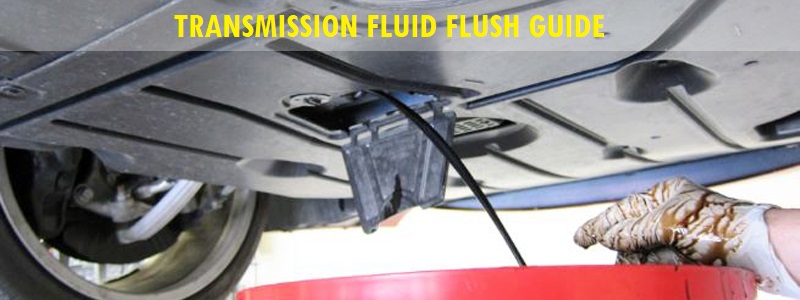

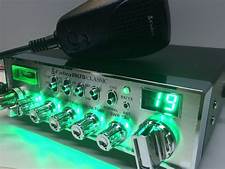



1 comment